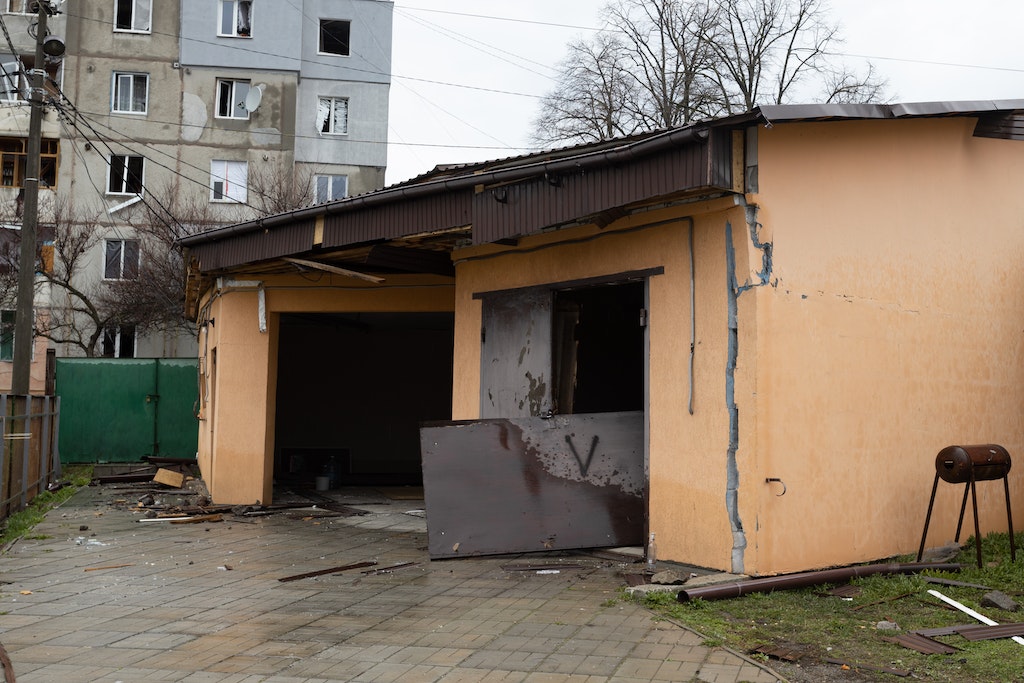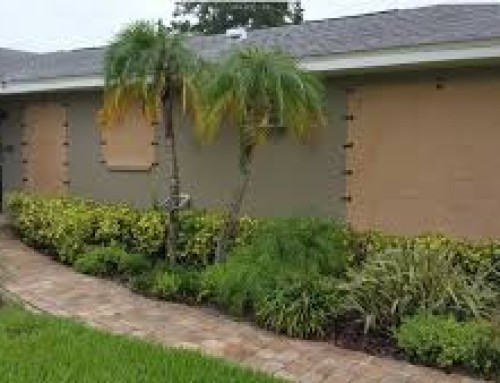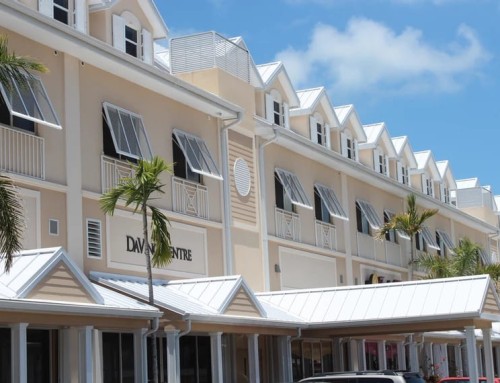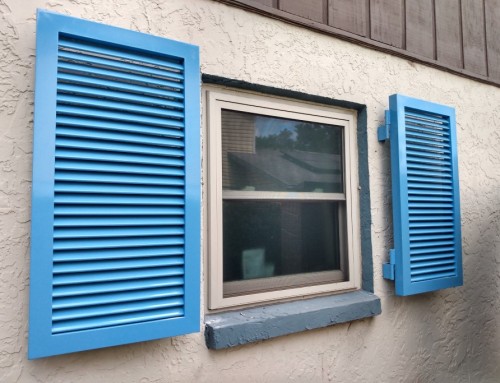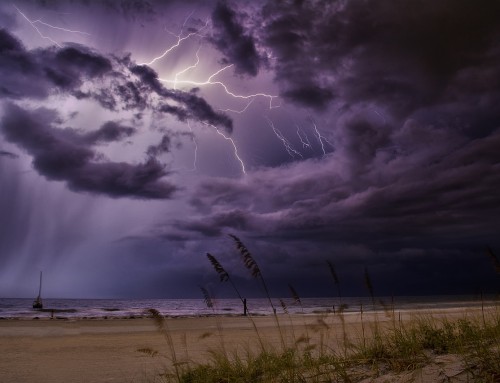Hurricanes are devastating weather disasters threatening coastal communities worldwide — and they’re only getting more frequent and severe. It’s unpleasant to think about, but homeowners in vulnerable areas must prepare themselves for the worst. Here are five things to consider when building a hurricane-proof home.
1. Choose the Construction Materials Wisely
Wooden houses might be cheaper and easier to build, but they don’t hold up well against hurricane-level rains and winds. They’re also highly flammable, creating another potential emergency problem.
Concrete is a much better option for homes in hurricane zones. It’s durable, long-lasting, and not much more expensive than wood, so it should be a no-brainer. Steel is another good option. Insulating steel homes can be difficult, but since most hurricane zones are in tropical climates, that fault may not be a huge concern.
The material of the roof shingles is a crucial detail. Fiberglass and metal shingles are the most wind-resistant options. While multilayered asphalt shingles are lucky to withstand 110 mph, fiberglass and metal remain intact while facing winds of 160 mph or more.
A concrete or steel home with weird-looking shingles might stand out in a coastal neighborhood with beach houses and bungalows, but safety always comes first when the home sits in a vulnerable area.
2. Tie Up Loose Ends
Even if the foundational pieces are strong, a home still has a lot of loose ends that need tying up. Some household features might look visually appealing but can compromise a home’s wind resistance. Roof overhangs, awnings, large shutters, and wraparound porches are a few examples.
Coastal building codes require homes to have a load path directing winds from the roof and wall down to the foundation. To achieve the proper load path and make winds easier on the foundation, coastal homeowners have utilized many tools like:
- Tie-down straps
- Cable ties
- Truss screws
- J-bolts
- Expansion bolts
- Hurricane clips and plates
Residents also have to worry about securing the features around their property like cars, lawn furniture, and trees. That’s why most homes in hurricane zones have minimal landscaping, no trees in the direct vicinity, and secure outdoor furniture — the fewer moving parts, the better.
3. Get Multiple Power Sources
In the middle of a hurricane, lack of power is the main problem facing homes remaining intact. That’s why a surge protector is so important. Power surges are bound to happen, so there needs to be a line of defense for the home’s electronic items.
A house also needs an alternative power source such as solar panels or a gas-powered generator in case the surge protector fails. Even the smallest generators have enough power to keep the refrigerator and other appliances running.
4. Use Storm-Proof Windows
The windows remain the most vulnerable areas even if the home doesn’t have the aforementioned fragile features. As such, storm-proof windows are absolute must-haves for homes in hurricane zones. Overlooking this one detail puts the rest of the structure at risk. A broken window is a chink in the armor that can significantly multiply the wind and water damage.
Storm-proof windows consist of polyvinyl butyral (PVB), a robust binding resin that holds the glass together to withstand heavy winds and debris impacts. PVB windows are also thicker than regular glass and have multiple layering options, including as many as three layers of PVB for one window. It also couldn’t hurt to reinforce the windows with steel or aluminum frames.
5. Keep the Water Out
As hurricane-proof as a structure might be, it still won’t be able to keep all of the water out. Before homeowners evacuate, they must do some patchwork to minimize water damage and hope for the best. Here are some examples of what an experienced person might do to prepare their homes for a hurricane:
- Roof: Inspect the roof for any loose shingles and repair them. Clean out the gutters to allow for proper water drainage. Truss tie-downs are also great tools for securing the roof to the main structure.
- Windows: Lock the windows and board them up with plywood. Tape the plywood edges, so no water flows through the cracks.
- Doorways: Stuff the gaps underneath the doors with draft stoppers and towels.
- Garage: Block off the garage door with towels or purchase a brace to prevent it from flying away with the wind.
- Pipes and cables: Anywhere a pipe or cable enters your home is an opportunity for water to sneak through. You can’t do much to block these cracks, but you can closely monitor them and manage the slow leaks throughout the storm.
No Home is 100% Hurricane-Proof
No matter what features a building includes, there is not a 100% hurricane-proof home — these storms are just too powerful. The main goal shouldn’t be to avoid damage altogether but to minimize it. The above five features share the same function of reducing wind and water damage to preserve the building’s infrastructure.
Homeowners must follow the construction process closely to determine the best preparation methods for the above vulnerable areas. It’s better to learn about the structure’s weaknesses before the next hurricane.


